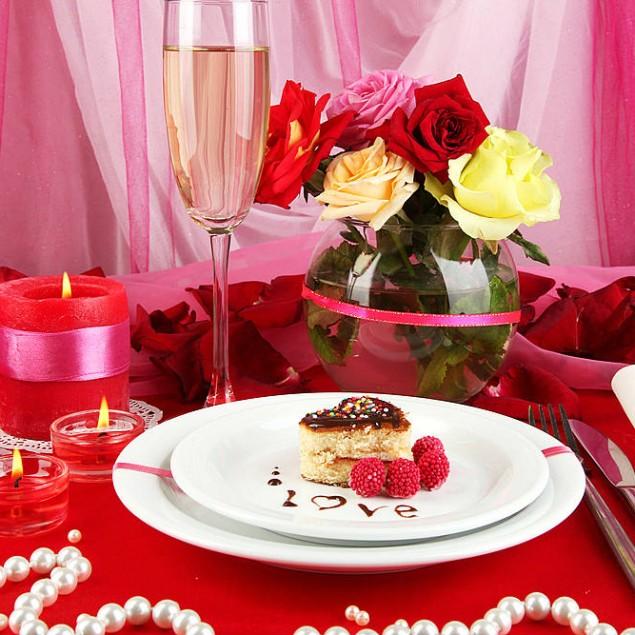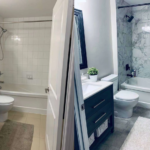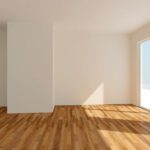Made Goods furniture are made by artisans who are driven by their desires to make exceptionally unique items that can be statement pieces of a client’s house and can delight and please anyone who would see it. Each item of a Made Good furniture is truly valued and is delicately hand crafted by professionals from all over the globe – one of the reasons why a Made Goods furniture is such a coveted piece.
The color, texture and consistency of Made Goods furniture differ with each and every item because the finishes are thoroughly applied by hand. Although Made Goods are trying their very best in matching the images that you can see on their online page and in their catalogues, there really is no guarantee that they could create such a perfectly same match. All Made Goods furniture are handmade, and hence there is a subtle difference with each item.
There is a wide array of Made Good furniture, and each of them is treated differently according to the product they are made from, this is especially true when it comes to taking care of it. Below is a comprehensive guide on how you can maintain your Made Goods furniture.
Caring for your Made Goods Furniture
Each product has different ways on how to maintain it but, overall, the following are the general Instructions:
- It would be best if a professional upholstery cleaning service would be hired to take care of your furniture.
- If there are liquid spills, immediately wipe it away using a white cloth which should be clean and dry.
- Do not ever rub your upholstery – you can just blot it – whenever there is a spill.
- Never use strong or harsh cleaning solutions. Make sure to test the cleaning agent first in a discreet area of the furniture. The upholstery should never be sprayed directly with a cleaning substance.
- Keep the furniture away from direct sunlight and heat to prevent the decolourization or to keep it from fading.
Dining Tables
The dining tables are made out of different finishes. All Made Goods dining tables are only designed for indoor use – although you can still make use of it outdoors as long as the outdoor area is a covered space (e.g. a gazebo or there is a tent). Make sure to follow the following guidelines in taking care of your dining table.
Zinc
Clean with a soft, clean cloth on a regular basis. Never use metal polisher, chemical cleaners or abrasive cleaners. The metal top is coated with a protective lacquer that could be affected by forcefully scrubbing or using cleaning solvents that are abrasive.
Wipe up spills instantly. There may be a light lacquer coating, but if they are not cared for properly, stains will set on the table top.
White Oak
A micro-film spray is lightly applied to the table top surface for water repellence, however, cleaning with a dry cloth should still be done as soon as a spill happens – never let the spills linger.
Too rigorous cleaning might rub off the micro-film layer, cleaning should always be taken in a gentle way until the stain will be removed.
Faux Shagreen
Once a spill happens, simple cleaning with a dry cloth must be done as quickly as possible – do not allow the spills to linger on the table top. You can follow up by using a damp cloth to thoroughly clean it and, lastly, dry the surface out again with a dry cloth again.
If debris dissipates in the faux shagreen’s grain, you can dip a toothbrush into a clean water and use it to brush the dirt out. After that, use a smooth, dry cloth to dry it out.
Resin
Easily clean a resin table top by using either a dry or damp cloth. It is not good to use chemicals or abrasive cleaning solutions for cleaning it.
Immediately wipe out spills when they take place. If left on the table top for long periods of time, rings or any other stains from wet glasses, bowls or colored liquids will appear. To protect the table top’s finish, use place mats or coasters.
When putting items directly on resin table top, do not use strong force – doing so will help prevent possible cracking.
Upholstered Furniture
Fabrics: Cotton, Linen, Polyester Blend
The fabrics used by Made Goods are usually not stain resistant and no protective substances were applied to it. Therefore, a professional upholstery cleaning service should be opted to clean such.
When you are going to vacuum the fabrics, make sure that you would only be using the upholstery attachment of the vacuum. You can vacuum weekly or biweekly to maintain the fabric’s appearance.
Never put these fabrics in direct sunlight because this can cause fading of the colors.
Velvet
Dry cleaning is the best option when it comes to velvets. If you stain the fabric, you can just easily blot or wipe it away using a damp cloth or a paper towel. You can also just spot cleaning to remove those unwanted dried stains.
Leather
Vacuum the leather weekly or bi-weekly. Dust it off by using a dry cloth after it is vacuumed. When it is necessary, a white cloth can be dampened with water to clean or remove any particles of dust that is left on the leather.
You should be mindful of what soap you will be using. Most soaps contain alkaline – avoid those because it can crack and dry out the leather.
Putting the leather in direct sunlight or heat can make the leather fade it color and, at the same time, lose its softness so avoid doing so.
Natural Fibers
Natural materials like those of bamboo, rattan, wicker and sea grass have only been designed to be used indoors or if is outdoor – it should be in a covered area. Dust it off with a soft, dry cloth and do not use harmful chemicals or cleaners.
Clean with a damp cloth whenever a spill would occur. With the use of just the vacuum upholstery attachment, you can easily remove small particles or loose debris on the furniture.









